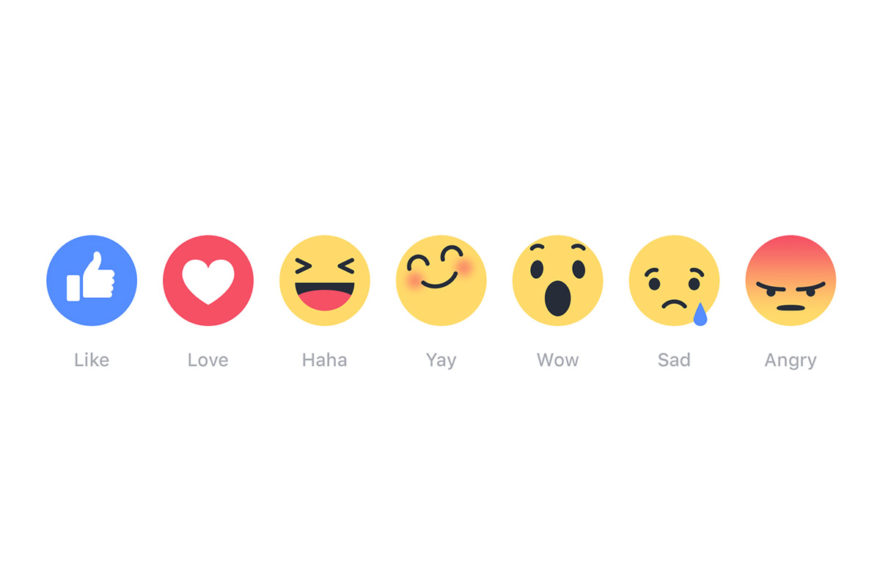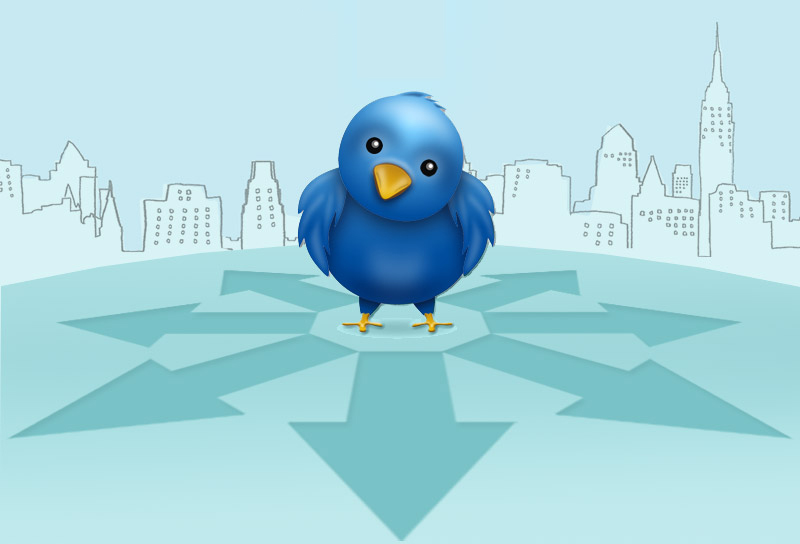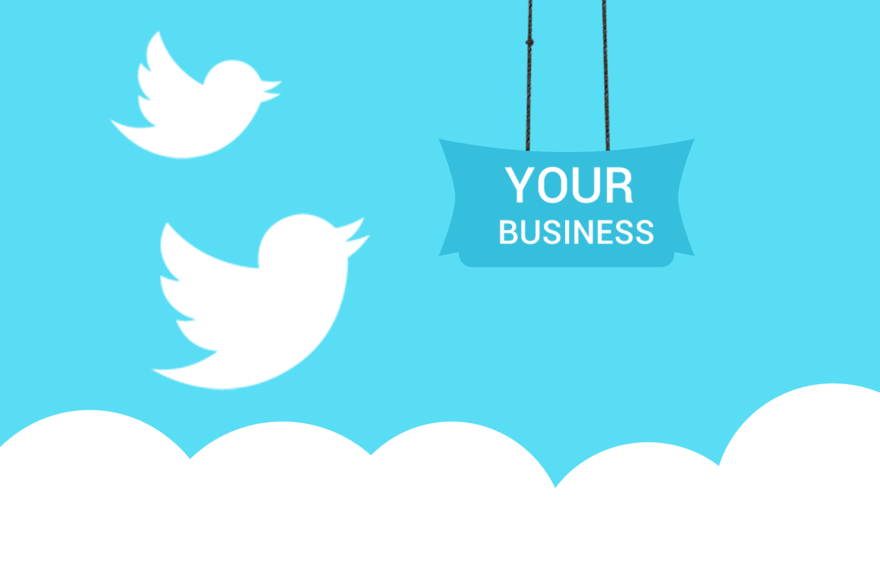When a brand contacts an advertising agency to start doing some work on social media, they almost always want to have a presence on Facebook and Instagram. Then, they’ll analyze if being on Snapchat is worth it or not. But Instagram is definitely on the scene, for sure. That’s because brands know it’s kind of a big deal due to its super high engagement rate. Of course, that level of engagement is only reserved for brands that actually know what they are doing. Aren’t sure you are one of them? Here’s a little piece of advice for you to crack it down.
Hacks to crack Instagram in 2017
- Always keep in mind your brand identity and concept. As in any other social media platform, your brand spirit should be your bible. Based on your communication strategy, decide what concepts are you going to spread this month, and then work on your creativity and your pictures.
- Instagram is not for crappy pictures. Bad ones won’t even stand a chance, they’ll be ignored. Work on your composition, on the structure, and on your color palette. Try innovative formats like triptychs.
- Hashtags should be relevant. There are people who use tons of hashtags with no meaning or common sense at all. You can try several hashtags to see which of them are suggested by Instagram for achieving a higher reach.
- As we said before, crappy pictures are not allowed if you want to succeed. So quality matters a lot. Trying to make your pictures more appealing by using filters or frames is easy if you use apps like Afterlight, that provides you with more options than Instagram.
- Posts should be regular. It’s not going to be effective if you post just once in a while, or when you feel inspired enough. You should work on your calendar to cover at least 3 times a week.
- Get out of your box. Forget about the old advertising way, when you just showed your products and models using them. Content should be relevant and likely to be shared by your followers. Quotes, drawings, videos, and gifs are more than welcome.
- Follow your followers. If you want your followers to be engaged, you should be engaged too. Follow some of your followers, perform searches, like, comment and share what’s matching your brand identity and your followers’ interests.
Of course, inspiration and focused creativity are a must to Instagram. When you have a lack of those, just browse a little bit through your favorite brands and competitors, to open your mind and take note of some great successful ideas.











